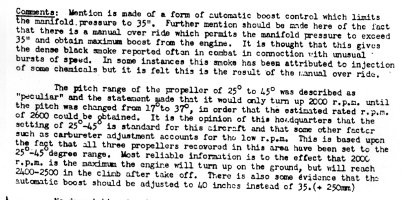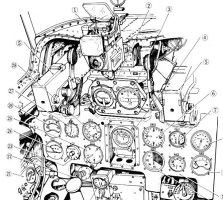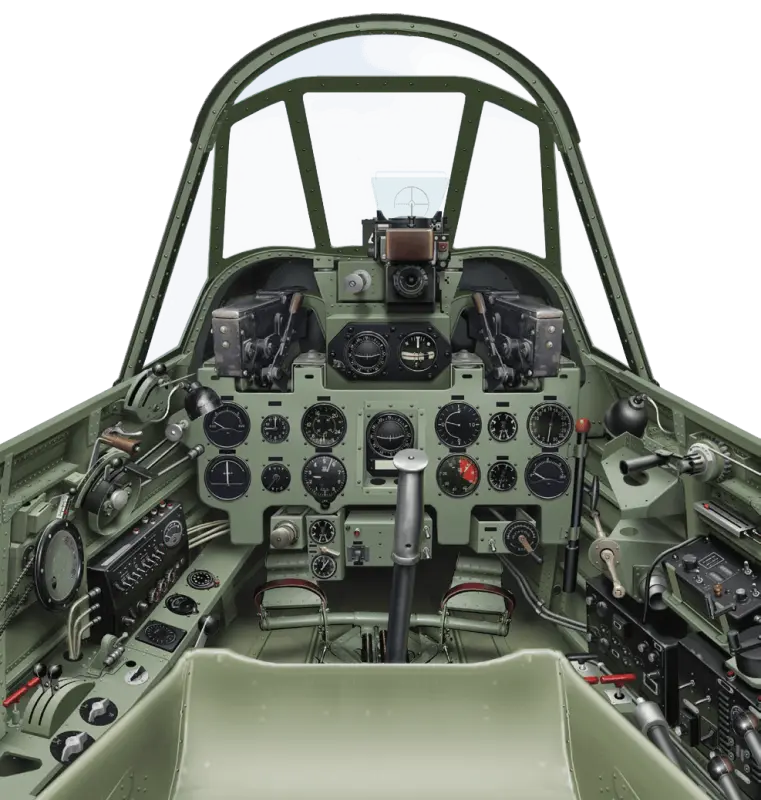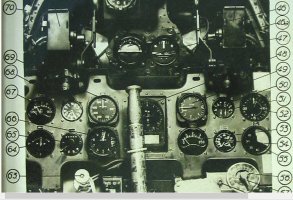The problem is that the A638NOT operate effectively without modern communications.
There are cases of allied pilots observing Japanese pilots break off combat to fly aerobatics at a distance.
It seemed silly but what they didn't know was that the pilots had no other means of communicating with each other besides aerobatics.
The loss of the carriers at Midway can also be attributed to a lack of communications. When the TBD torpedo planes attacked, the entire CAP came down to kill them. Properly done, they would have left a couple elements at altitude AND in radio communications. Problem was that the planes didn't usually have working radios.....
Thus, the SBDs which followed the torpedo planes came in entirely unopposed. Just hate it whennat happens!
My understanding was that this was usually a case of poor ignition shielding causing interference.
The report attached above is interesting in that it clearly shows that the US test personnel had no real idea what the limitations were on A6M2. At one point, they believed that Koga's aircraft had particularly coarse propeller pitch for increased range. This is entirely illogical considering that Koga flew off a rather small carrier and would probably want the quickest acceleration off the deck he could get. He didn't need the extra range. The US techs thought there was something preventing the engine from reaching full RPM but I believe it was the condition of the engine and carburetor and a questionable rebuild.
Another item worth noting is the "emergency power" setting of 38 inches Hg. This works out to +205 mm boost which isn't even Take-off power (+250 mm). Their particular aircraft ran rough at this setting which does not sound normal.
- Ivan.

There are cases of allied pilots observing Japanese pilots break off combat to fly aerobatics at a distance.
It seemed silly but what they didn't know was that the pilots had no other means of communicating with each other besides aerobatics.
The loss of the carriers at Midway can also be attributed to a lack of communications. When the TBD torpedo planes attacked, the entire CAP came down to kill them. Properly done, they would have left a couple elements at altitude AND in radio communications. Problem was that the planes didn't usually have working radios.....
Thus, the SBDs which followed the torpedo planes came in entirely unopposed. Just hate it whennat happens!
My understanding was that this was usually a case of poor ignition shielding causing interference.
The report attached above is interesting in that it clearly shows that the US test personnel had no real idea what the limitations were on A6M2. At one point, they believed that Koga's aircraft had particularly coarse propeller pitch for increased range. This is entirely illogical considering that Koga flew off a rather small carrier and would probably want the quickest acceleration off the deck he could get. He didn't need the extra range. The US techs thought there was something preventing the engine from reaching full RPM but I believe it was the condition of the engine and carburetor and a questionable rebuild.
Another item worth noting is the "emergency power" setting of 38 inches Hg. This works out to +205 mm boost which isn't even Take-off power (+250 mm). Their particular aircraft ran rough at this setting which does not sound normal.
- Ivan.












